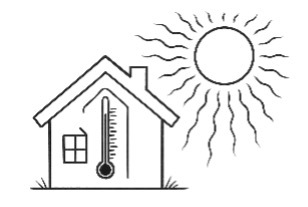
With the increasingly hot weather and periods of extreme heat, it’s useful to have strategies for keeping our homes cool in summer. Hot homes are unpleasant, and several nights where bedroom temperatures are above 18oC can be dangerous for vulnerable people.
It is best to stop excess heat ever getting in your house in the first place!
Here are some suggestions that can help:
Daily Routines to Help in Hot Weather:
- Whenever it is cooler outside the home than inside, open the curtains and windows, creating a through draught if possible, or use a fan to direct the hot air outside. But as soon as the air outside a window feels hotter than inside, be sure to shut that window plus its curtains to keep the sunlight and heat outside.
- it’s worth going round the house testing the air outside windows as the morning wears on (eg wave your hand outside!). The heat outside them will be different depending on whether they are north, south, east or west facing, or are shaded by trees or buildings etc.
- Using patio umbrellas to provide shade in front of sunny windows can be effective at reducing temperatures inside the house.
- If you are out during the day, shut all windows/curtains before you leave.
- Unplug unused appliances – they generate heat even on standby.
- During the afternoon, start to open individual windows once the air outside any of them is cooler than inside and the sun is no longer shining in. Create a through draught or use fans to cool the house, especially bedrooms.
- The downstairs may be cooler than upstairs, so in very extreme night-time temperatures consider sleeping there if feasible to have a better night’s sleep.
Home improvements
If investing in home improvements, external blinds, awnings and shutters are much more effective at keeping the heat from the sun out of a house than internal curtains.
Various options are on the market, including manually operated and motorised retractable external blinds and awnings, suitable for both Velux and regular windows. Note: some awnings may be subject to planning constraints, so do check first if you live in a listed building or conservation area.
It’s important to be aware of the potential damaging effects of wind, so all awnings and blinds should be retractable, eg they can be rolled up securely, either manually or using a motor.
External blinds come in various materials and shades/colours, depending on personal preference and how much light/heat you wish to block out. For many models you will need sufficient space above the window for the box that contains the rolled-up blind.
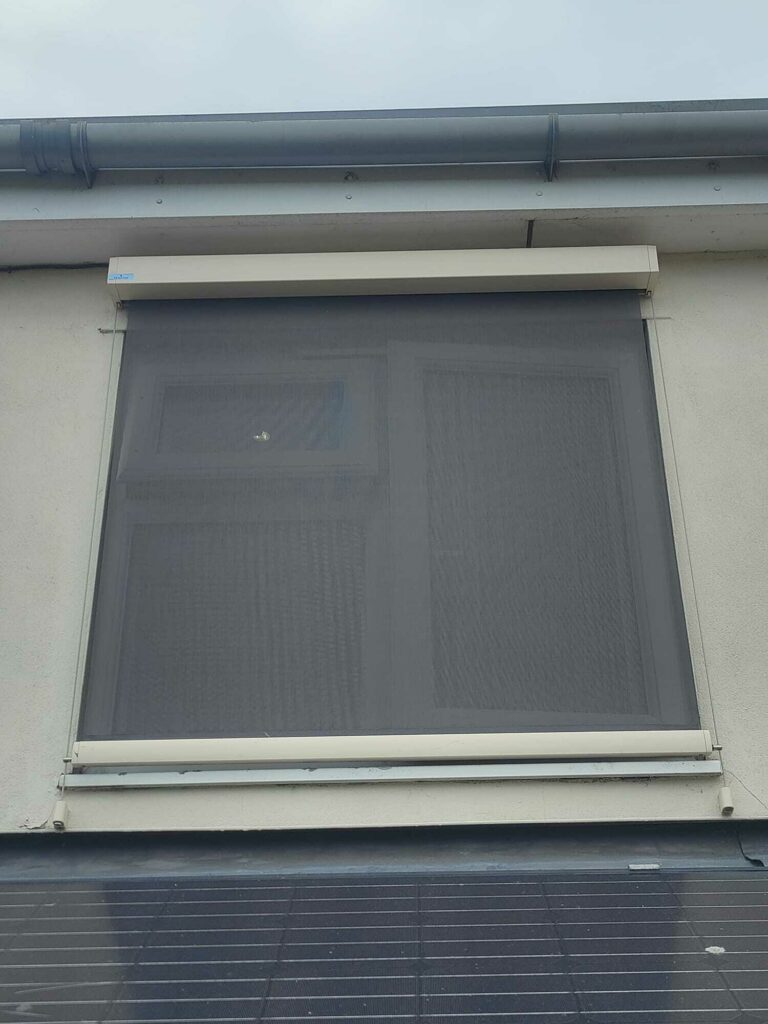
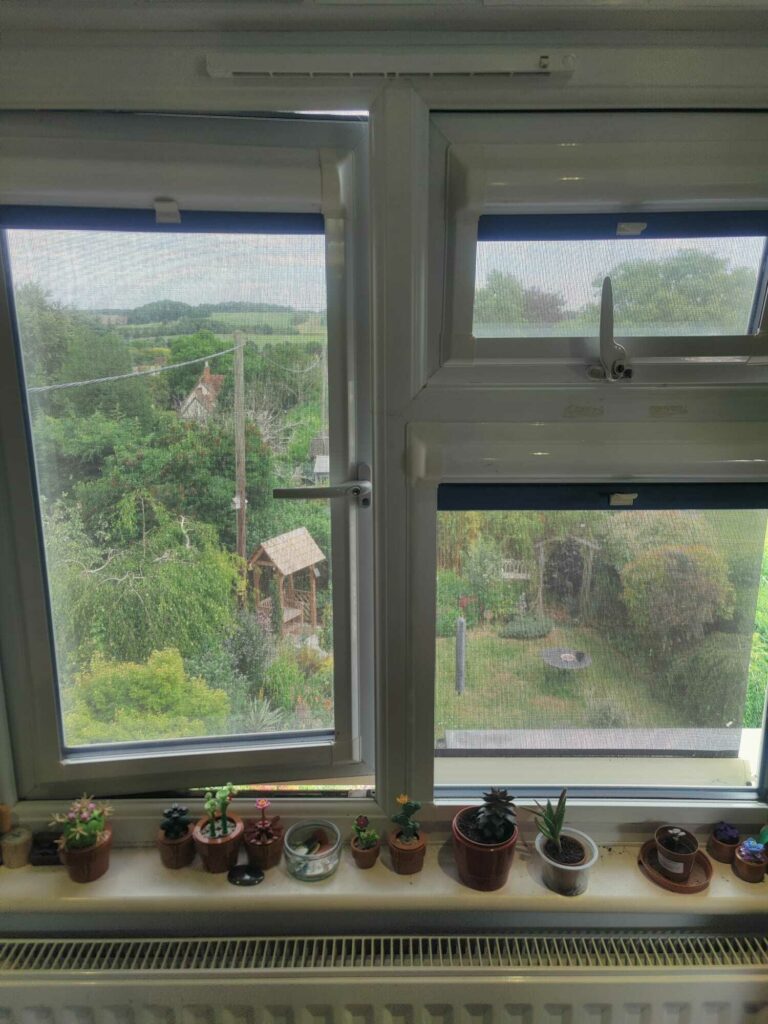
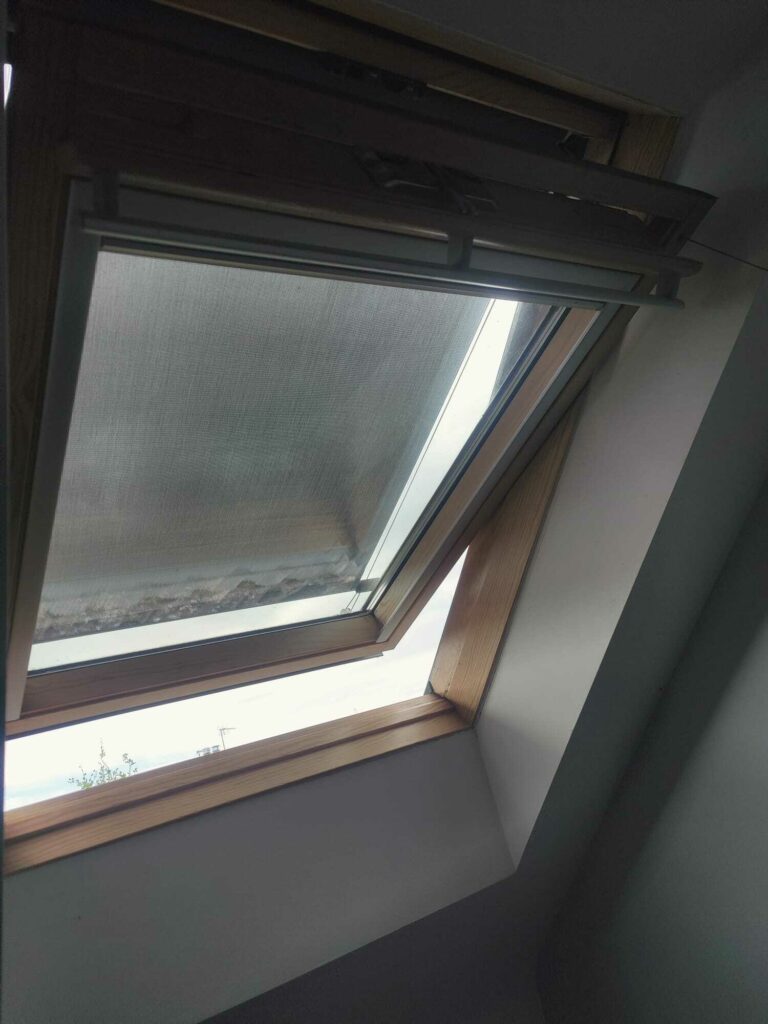

Example of a manually operated external sun blind on a Velux window in a stairwell, which is opened and shut using an internal pull cord .
If you are building an extension, consider incorporating features that will reduce direct sunlight at midday in summer, but will still allow morning, evening and winter light. This is known as a Brise Solei which is a type of solar shading system using a series of horizontal or vertical wooden or metal blades above or in front of a window or an overhang to control the amount of sunlight entering the building. Another interesting local example of reducing summer heat but allowing winter light is the is the overhanging porch area of the Cambridge Central Mosque (see here) which is built to shade the glass frontage in summer, but not exclude winter sun.
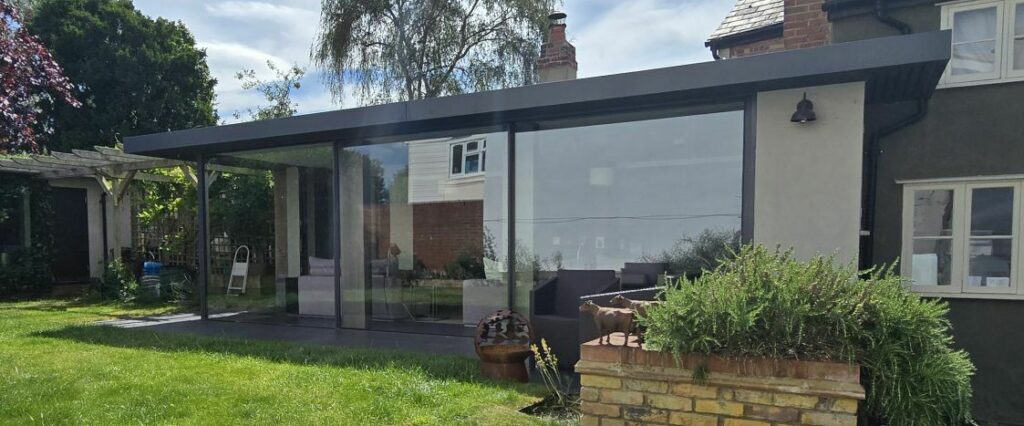
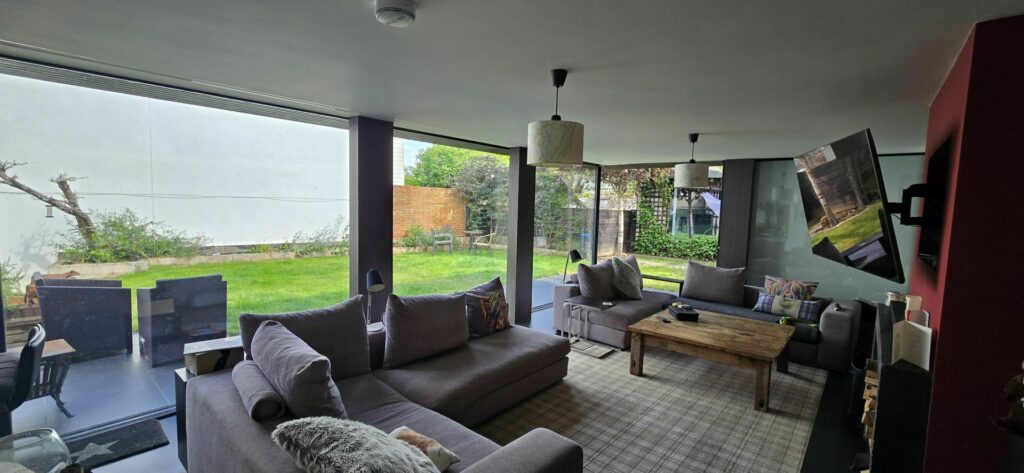
For additional suggestions, particularly for flats and urban areas see From shutters to reflective paint: how to prevent UK homes overheating
See Suppliers page for models/suppliers that villagers have used.
